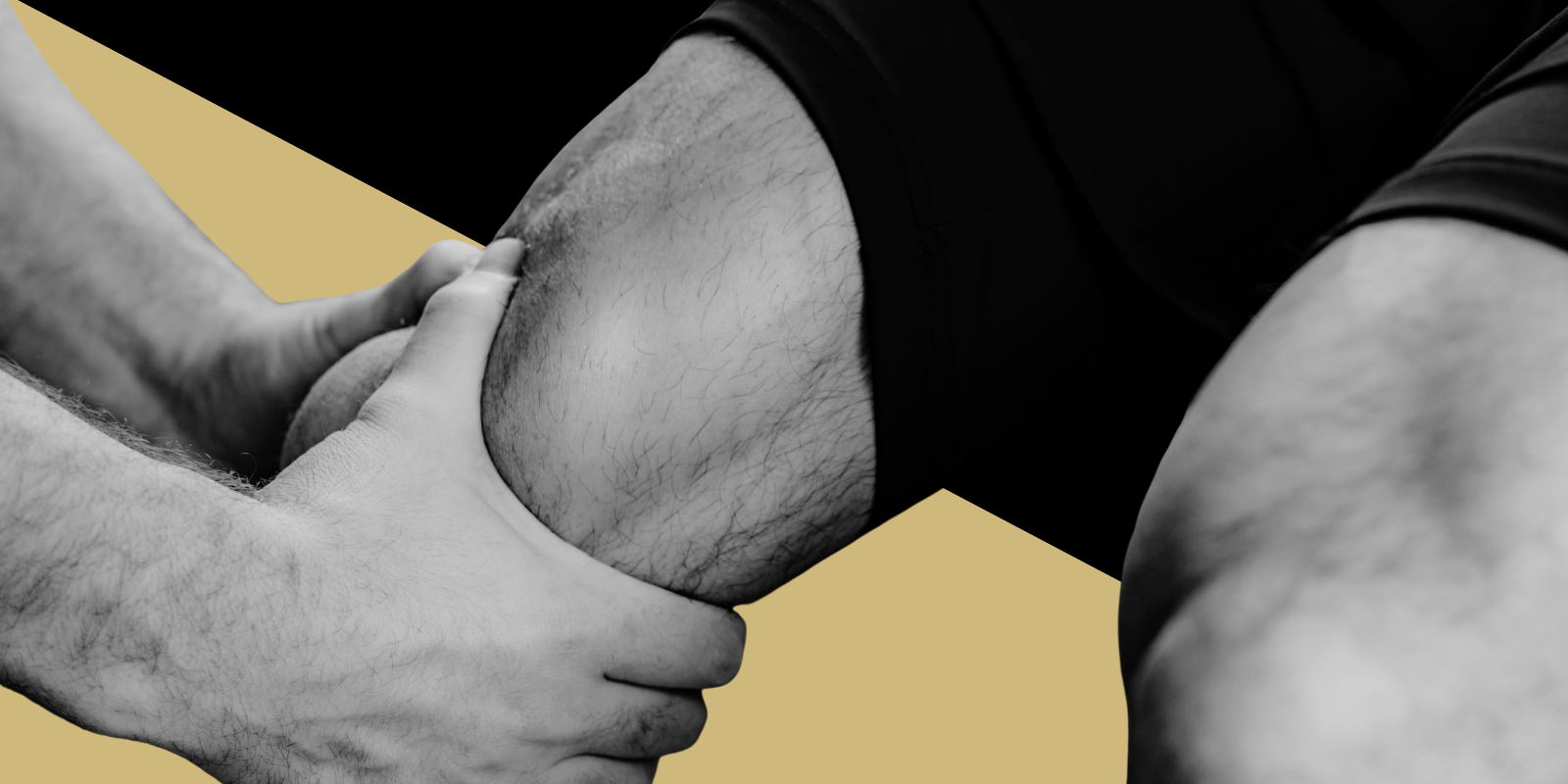A lot has changed in the 20 years since University of Colorado School of Medicine researchers Meredith Mealer, PhD, RN, and Marc Moss, MD, started studying the effects of stress on critical-care nurses.
“Twenty years ago, people would say, ‘I don’t know what you’re talking about. We don’t see this at our hospital. What’s wrong with where you work?’” says Moss, pulmonologist and head of the Division of Pulmonary Sciences and Critical Care Medicine. “And now, even prior to the pandemic, the National Academy of Medicine recognized that this is a major issue in health care. It’s been interesting to see the perceptions change over the past 10 to 20 years.”
A stress epidemic
Moss and Mealer began studying the issue in 2002 at Emory University, where they worked on a study looking at posttraumatic stress disorder among survivors of acute respiratory distress syndrome. It dawned on Mealer, a former ICU nurse, that a similar study could be helpful for nurses.
“There were a lot of nurses I worked with that were really good nurses, and they were leaving,” says Mealer, a psychiatric nurse practitioner and associate professor of physical medicine and rehabilitation. “I was just informally asking them why they were leaving, and they would say things like, ‘I’m having nightmares about work,’ ‘I’m so anxious,’ things like that. That’s what propelled this line of questioning.”
Among the issues keeping nurses awake, she says, is the moral dilemma around keeping terminally ill patients alive.
“Nurses are with the patient 12 hours a day, sometimes three or four days in a row, and these are really sick patients,” she says. “They’re witnessing a lot of patients that are being kept alive when they have terminal illnesses. It’s a lot of death and dying and end-of-life discussions with families. Putting themselves in the shoes of the family members and really having to think about, ‘What if this was my mom,’ or ‘What if this was my child?’”
Award-winning work
The two worked for 10 years to gather data about the effects of stress on nurses, then began creating interventions to increase resilience among health care workers. They also have developed pilot programs and hospital initiatives to address organizational barriers to promoting improvements in clinicians’ mental health. For their decades of work on the issue, they will receive the Pioneering Spirit Award from the American Association of Critical-Care Nurses (AACN) in May.
“Drs. Moss and Mealer were among the first to identify the significant impact of stressful clinical work environments and develop evidence-based initiatives to strengthen nurses’ resilience and prevent burnout syndrome,” says AACN President Elizabeth Bridges. “Their research led to a proactive approach to supporting nurses’ mental health.”
That proactive approach looks at myriad ways to improve resilience among health care workers, including mindfulness, writing about traumatic experiences, exercise, art therapy and more.
“It’s all about how we improve cognitive flexibility and work to reframe our experiences, and that’s where mindfulness, exercise and writing all come in,” says Mealer, who during the COVID-19 pandemic adapted the writing portion of the intervention into the Narrative Expressive Writing program, which helped critical care nurses and other front-line clinicians cope with increased anxiety, depression and trauma during the crisis.
Battling stigma
The first time Mealer ran an intervention, Moss recalls, a group of nurses who all worked in the same ICU came to a weekend symposium to learn about the effects of burnout and how to combat them. “Until that meeting, many of them thought there was something wrong with them,” he says. “They didn’t realize that other people in the intensive care unit — their colleagues — were dealing with the exact same issues until they started talking about it. I realized even people that work together for years didn’t feel comfortable talking about these issues even though everyone was dealing with them.”
Part of the reason for that, Moss says, is the stigma that still surrounds mental health issues.
“It’s easier to tell people you have cancer than to say you have depression or symptoms of anxiety or PTSD,” he says.
In addition to interventions designed to increase resilience in individuals, Mealer and Moss also are looking at organizational interventions that would change the way a workday is structured for health care professionals.
“Meredith didn’t go to nursing school and I didn’t go to medical school to sit in front of a computer and write notes all day,” Moss says. “Based on the electronic medical record system, the job has evolved into a lot of documentation. That leads to burnout.”
But regardless of any organizational changes that can be made, he notes, the key causes of stress among nurses will never go away.
“One of the big triggers of stress in the ICU is people dying and that’s not going to change,” Moss says. “You can change the organizational structure to some extent, and that’s important, but you also need to help people understand how to cope with these stresses. That’s part of the job description.”



